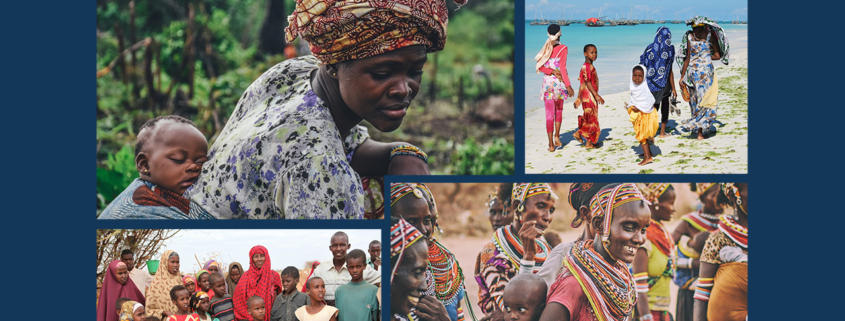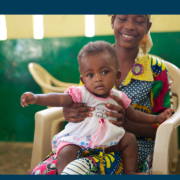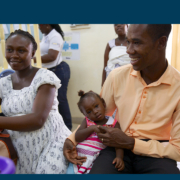Learning the Art and Science of Audience Segmentation
Written by: Charudatt Chaudhari, Camber Collective
Audience segmentation is an analysis that “divides a population or market into subgroups that have, or are perceived to have, meaningfully similar characteristics, and significant differences from other subgroups.”[1]
For decades, the private sector has used segmentation as a marketing tool to adapt messages and products to different intended audiences.
The development sector is increasingly using segmentation for social and behavior change (SBC) to help policymakers and implementers define programs and tailor messages to what resonates most with intended audiences. However, as the Stanford Social Innovation Review reported, “most global development programs still segment people by demographics when trying to change their behavior. We must learn from the private sector and segment people based on the reasons behind their actions.”[2]
To support policymakers and implementers in refining their approach to segmentation, Breakthrough ACTION has developed a simple step-by-step course with bite-sized capsules. The new Applying Segmentation to SBC in Family Planning course leverages the experience of Breakthrough ACTION around the world and can be accessed through the Global Health eLearning Center.
Course Objectives
This course will help policymakers and implementers understand the value of audience segmentation and learn how to use it. While the course focuses primarily on the use of segmentation in family planning, the process is applicable across any field and development sector priority.
By the end of the course, participants will be able to:
- Describe the value and role of audience segmentation in designing and implementing SBC programs.
- List the steps necessary to conduct an audience segmentation effort.
- Identify a successful segmentation effort.
- Describe how audience segmentation can be leveraged to develop SBC interventions.
Course Participants and Structure
The course should be of particular interest to SBC and health professionals working in the development sector. Public and private sector professionals can take the online course in English and French. Coursework is divided into six sessions and is infused with recent case studies. Participants who successfully finish the course receive a certificate of completion from the Global eHealth Learning Center.
[1] Advanced Audience Segmentation for Social and Behavior Change. (2019). Compass. https://www.thecompassforsbc.org/how-to-guides/advanced-audience-segmentation-social-and-behavior-change
[2] Sgaier, S. K., Engl, E., & Kretschmer, S. (2018). Time to scale psycho-behavioral segmentation in global development. Stanford Social Innovation Review, 16, 48-55.


 Sohel Parvez Haque
Sohel Parvez Haque Cambey Mikush/Photoshare
Cambey Mikush/Photoshare Sara Holbak/VectorWorks/Photoshare
Sara Holbak/VectorWorks/Photoshare Sarah Hoibak/VectorWorks/Photoshare
Sarah Hoibak/VectorWorks/Photoshare Getty Images/Image of Empowerment
Getty Images/Image of Empowerment © 2012 CCP/NURHI 2, Courtesy of Photoshare
© 2012 CCP/NURHI 2, Courtesy of Photoshare